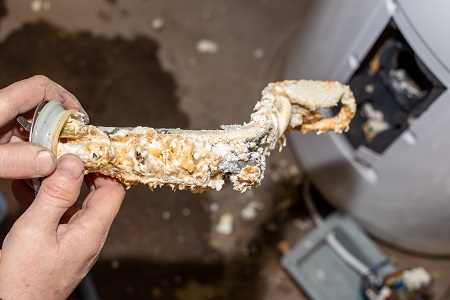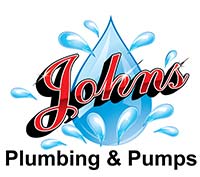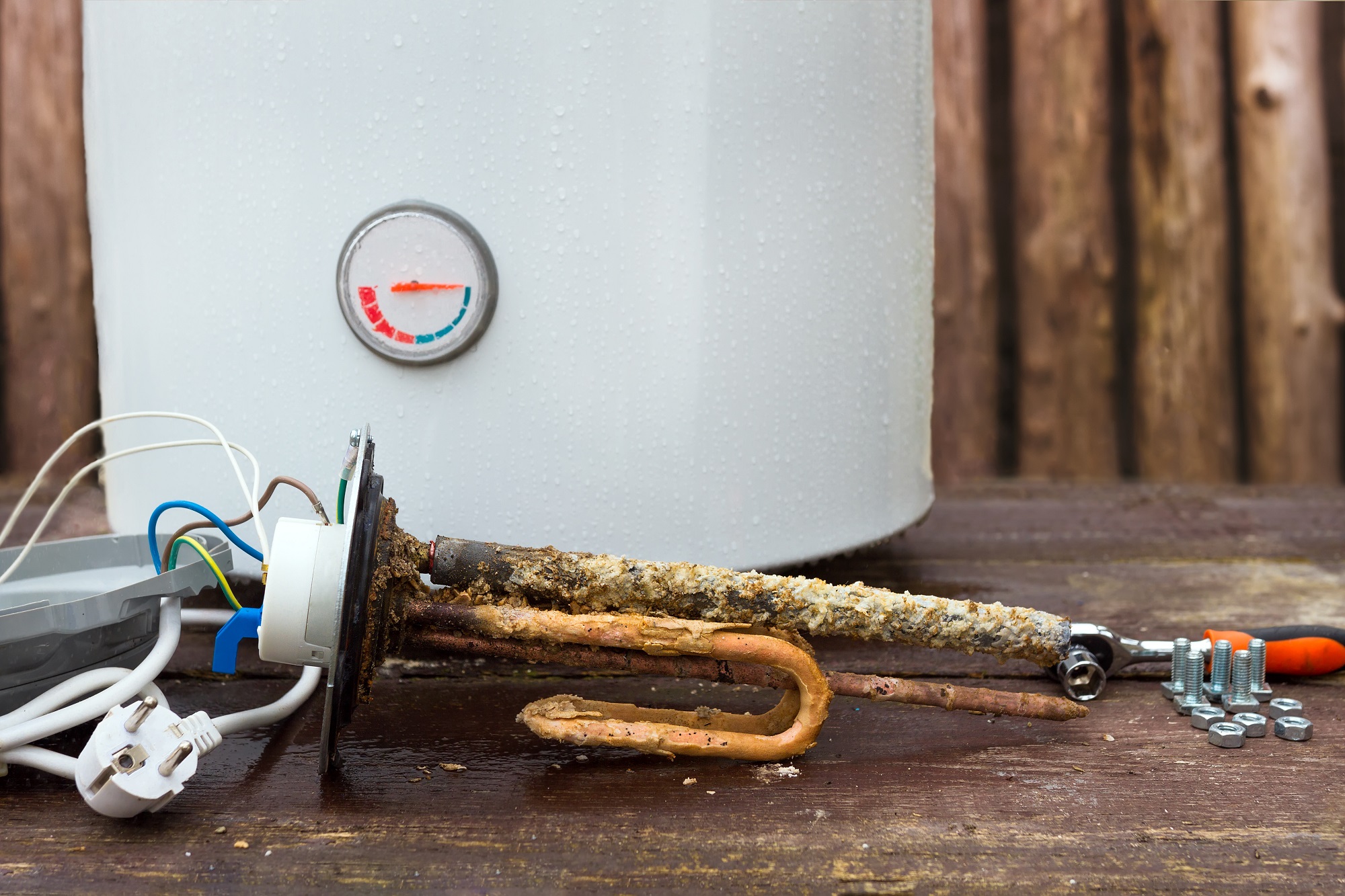You’ve probably overlooked sediment buildup in your water heater. It’s more serious than you think. This silent destroyer can compromise your heater’s efficiency and water quality, leading to numerous problems.
In this article, we’ll delve into the gritty details of sediment buildup, its impact, and how you can prevent it. Get professional help when you need water heater repair.
Don’t let sediment outsmart you. Arm yourself with knowledge and keep your water heater running smoothly.
What Is Sediment Buildup in Water Heaters?

You’ve probably noticed that sediment buildup in your water heater can cause it to function less efficiently. But what exactly is this sediment? And how does it end up in your water heater in the first place?
Sediment is essentially a mix of natural minerals and solid particles that are present in water. When water is heated in your water heater, these minerals crystallize and settle at the bottom of the tank, forming a layer of sediment. Over time, this layer can accumulate, affecting the performance of your water heater.
The buildup of sediment in your water heater isn’t just a nuisance; it can lead to more serious issues. When sediment accumulates, it acts as a barrier between the burner and the water, making your water heater work harder to heat the water. This can result in higher energy costs, reduced water heater lifespan, and even potential damage to the tank.
To prevent sediment buildup, it’s recommended that you regularly flush your water heater. This process involves draining the tank to remove any accumulated sediment, helping your water heater function more efficiently. Regular maintenance and inspections can also help detect and address any sediment-related issues early on.
The Impact of Sediment Buildup on Water Heater Efficiency and Water Quality
Nearly all of your water heater’s efficiency issues can be traced back to sediment buildup impacting the quality of your water. The sediment, made up of minerals like calcium and magnesium, accumulates at the bottom of your heater tank. Over time, it forms a thick layer that impedes the heat transfer from the burner to the water. This forces your system to work harder, leading to increased energy usage and lower efficiency.
This buildup doesn’t just affect efficiency; it’s detrimental to your water quality as well. Sediment can break off and make its way into your water supply, causing discoloration and an odd taste. It could also lead to popping or rumbling noises in your heater, a clear sign of an issue lurking.
Preventing sediment buildup is crucial. Regular flushing of your water heater, preferably once a year, helps keep sediment at bay. By attaching a hose to the drain valve and running it outside, you can flush out the sediment. Ensuring your water supply is softened can also prevent excessive buildup.
Common Water Heater Problems Caused by Sediment Buildup
You’re likely dealing with common water heater problems if you notice decreased hot water flow or increased energy bills, and sediment buildup could be the culprit. Sediment, generally composed of minerals and hard water deposits, accumulates at the bottom of your heater over time. It acts as a barrier, hindering the heat transfer from the burner to the water, forcing your unit to work harder and use more energy, thus escalating your bills.
If your water is lukewarm but never quite hot, that’s another telltale sign of a sediment issue. The buildup reduces the volume of water the heater can hold, meaning less hot water is available for your use. This problem is often accompanied by rumbling, popping, or hissing sounds, indicating the water under the sediment layer is overheating and creating steam bubbles.
A cloudy or rust-colored hot water tank suggests the sediment is getting stirred up and entering your water supply. Moreover, the constant overheating due to sediment can cause damage to the tank itself, leading to cracks and leaks.
Regular flushing of your water heater is the best way to prevent sediment buildup and maintain its efficiency and longevity.
Preventative Measures to Control Sediment Buildup
There are several preventative measures you can take to control sediment buildup in your water heater. This buildup can seriously impact the efficiency and lifespan of your device. It’s not just about saving money on utility bills; it’s about ensuring your home’s comfort and safety.
Here are three steps you can follow:
- Regular Flushing: Drain your water heater at least once a year. This clears out any sediment that’s accumulated. It’s like giving your water heater a fresh start.
- Water Softener: If you live in an area with hard water, consider investing in a water softener. It’ll reduce the mineral content in your water, which is often the main cause of sediment buildup.
- Maintenance Service Checkups: Schedule regular professional inspections. They’ll not only spot sediment buildup early but also identify any potential issues that could lead to bigger problems down the line.
Professional Solutions for Getting Rid of Sediment
When you’re dealing with stubborn sediment buildup, it’s time to call in professionals who can effectively clear out the issue. They’re equipped with the right tools and expertise to thoroughly flush your water heater, ensuring all accumulated sediment is removed. This procedure isn’t as simple as it sounds. It requires precise knowledge of the heater’s operation and safety measures to prevent any damage or potential hazards.
You might wonder why you can’t just do it yourself. Well, the process involves intricacies that only a licensed plumbing technician can handle. They’ll first turn off the gas or electricity supply to the heater, ensuring it’s safe to work on. They’ll then connect a hose to the drain valve, directing the water flow into a bucket or drain. The water heater is then filled and drained several times until the water runs clear, signifying all sediment has been removed.
Lastly, they’ll inspect the anode rod, a crucial component that prevents your tank from rusting. If it’s heavily corroded, they’ll suggest a replacement. By hiring high-quality plumbing services, you’re not just getting rid of the sediment; you’re ensuring your water heater’s longevity, efficiency, and safety.
John’s Plumbing & Pumps Repairs Any Water Heater Problems You Have
You’ve got three water heater issues, but don’t sweat it; John’s Plumbing & Pumps can fix them all. Our professional plumbers can handle any water heater problem, no matter how complex, whether you have a gas water heater or an electric water heater.
- Water leakage: This could be at the top or bottom of the unit. A top leak could indicate a loose or broken inlet valve or a malfunctioning temperature and pressure relief valve. A bottom leak could point to condensation or a leak within the tank itself.
- Unusual noises: Popping, hissing, or loud bangs often signify sediment buildup. These noises might just be annoying, but if they’re persistent, it’s best to get your heater checked.
- No or limited hot water: This doesn’t necessarily mean your heater’s busted. If it’s electric, the breaker might’ve tripped. If it’s gas, the pilot light might be out. If neither of these is the issue, you could be dealing with a faulty heating element.
John’s Plumbing & Pumps, Inc. is here to help with any water heater repair you need. There is no need to tolerate cold showers or manually heat water; John’s Plumbing & Pumps will get it fixed right. We also do hot water tank installation. Contact us for quality customer service at our plumbing company.

